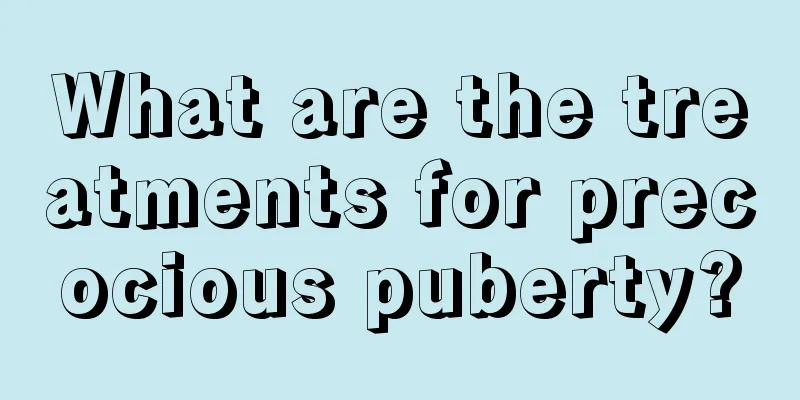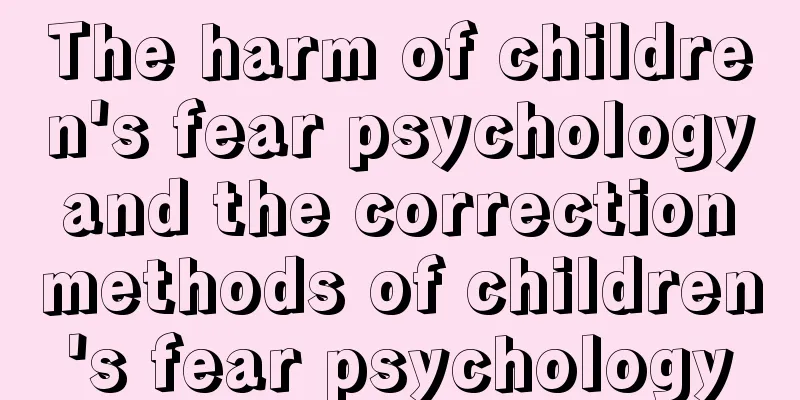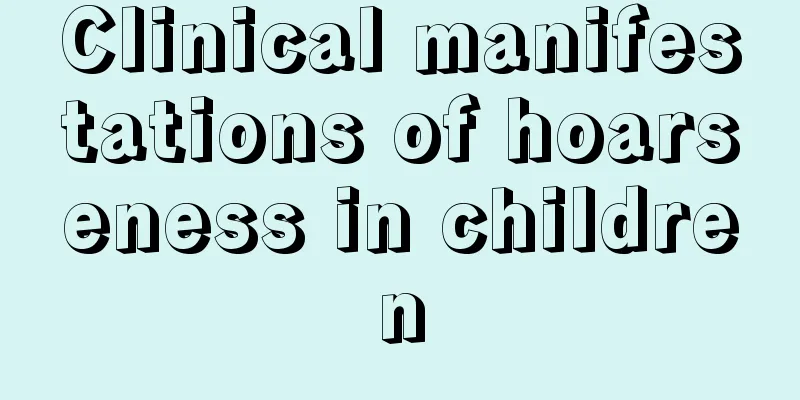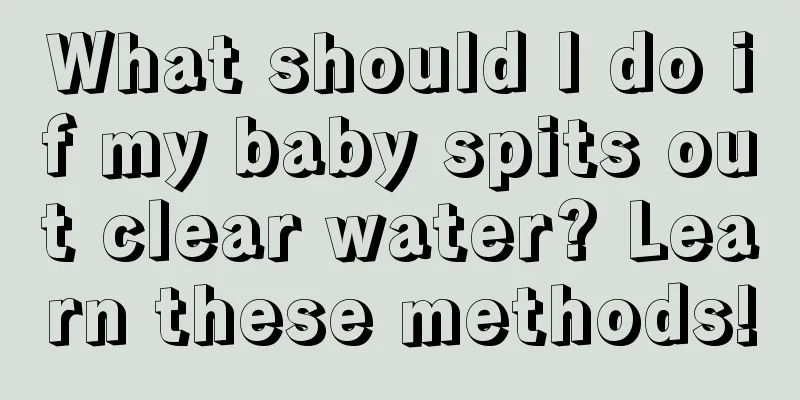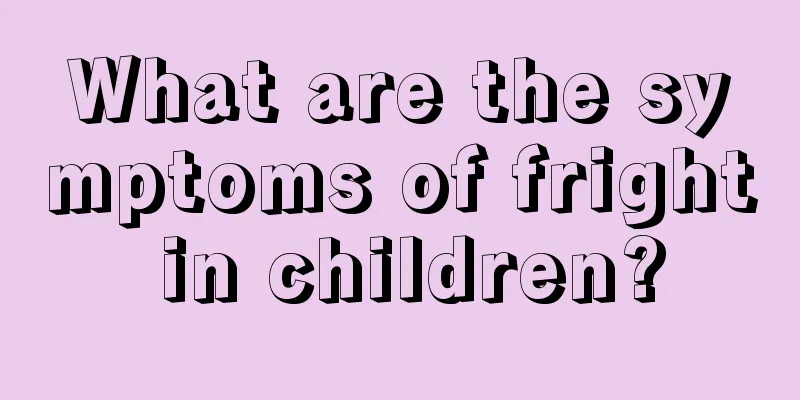What should I do if my child has thrombocytopenic purpura?

|
Purpura in children is harmful to the children's physical and mental health. Some parents told us that their children had nosebleeds after a fever. When they went to the hospital for a check-up, the platelet count was as high as over 30,000. The doctor diagnosed it as primary thrombocytopenic purpura. For this reason, many parents and friends are very worried and wonder whether this disease can be cured? So today we will tell you how to treat thrombocytopenic purpura in children. According to experts, to determine whether idiopathic thrombocytopenic purpura can be completely cured, we must first know what kind of disease it is. Idiopathic thrombocytopenic purpura is a disease of unknown cause, in which the immune system produces anti-platelet antibodies, which cause massive destruction of the body's own platelets, resulting in thrombocytopenia and bleeding. Clinically, it is divided into two types: acute and chronic. The acute type is mainly seen in children aged 2 to 6 years old. Most of them have a history of infection 1 to 3 weeks before the onset of the disease. The onset is sudden, the platelet count is often low, and bleeding is obvious. The course of the disease is about 2 to 6 weeks. Some patients have a longer course, but generally no more than half a year. About 80% of patients can relieve themselves and no longer relapse. Only a few do not heal and become chronic. The chronic type is more common in adults, mostly women. There are usually no inducing factors before the onset of the disease. The onset is slow and the course of the disease is usually more than half a year, or even lingers for several years. Remission and attacks often alternate, and the disease cannot be relieved on its own. Therefore, if the disease is acute, it will generally heal itself without treatment; for the chronic type, adrenal glucocorticoid treatment is generally the first choice, with a short-term efficacy of 70% to 90%, but it is easy to relapse after stopping the drug, and less than 20% of people will achieve long-term relief after stopping the drug. However, the original treatment is still effective after relapse. The therapeutic effect can be improved by adding other immunosuppressants such as vincristine, cyclophosphamide or azathioprine. If the above treatments are ineffective, splenectomy can be performed. The platelet count will rise rapidly within 24 to 48 hours after surgery, reaching a peak in about 10 days. 70% to 90% can achieve complete and sustained remission. Even if it is ineffective or relapses, adrenal glucocorticoids can still be used for treatment, which is not only effective but also requires significantly reduced dosage. Only a very small number of patients are ineffective against the above treatments, and in severe cases can only be treated by platelet transfusion. The human immune system is very complex. There is a certain relationship between cellular immunity and humoral immunity, and there is a very complex relationship between immune cell subpopulations. How the machine should regulate the body's various functions and the balance between immune cell subpopulations, so it is very important to stabilize at this stage. |
<<: What should I do if my baby has gastrointestinal dysfunction?
>>: What is the best breakfast for children?
Recommend
Can children eat Astragalus?
As a common medicinal material in life, Astragalu...
What should I do if my child has abscesses?
Studies have found that most pustules on children...
Good aerobic exercise for kids?
There are many ways to do aerobic exercise. Diffe...
The reason why a bump suddenly grows on a child's head
Children's heads are particularly sensitive. ...
What causes tinnitus in children?
Tinnitus is an abnormal phenomenon. Whether it is...
Is it okay for children to take medicine for dry cough?
In autumn and winter, the climate is relatively d...
What to do if your child has white spots on his fingers
If a child has white spots on his fingers, first ...
How to treat bronchitis in children with diet
Some young children suffer from bronchitis, which...
Spring recipes for kids
Children are in the stage of growing up, so as pa...
What are the commonly used massage techniques for vomiting in children?
Children's stomachs are relatively weak. Once...
Why is the little boy's genitals swollen?
If parents find that a little boy's genitals ...
Tips to get rid of diapers at night
The baby's skin is very delicate and can be e...
How to quickly relieve the pain of a child's stomachache
Not only are young children unable to take care o...
Newborn babies always make humming sounds
A baby is the apple of the parents' eyes. Any...
Symptoms of fever, cold and flu in children
In daily life, if you do not pay attention to mai...
